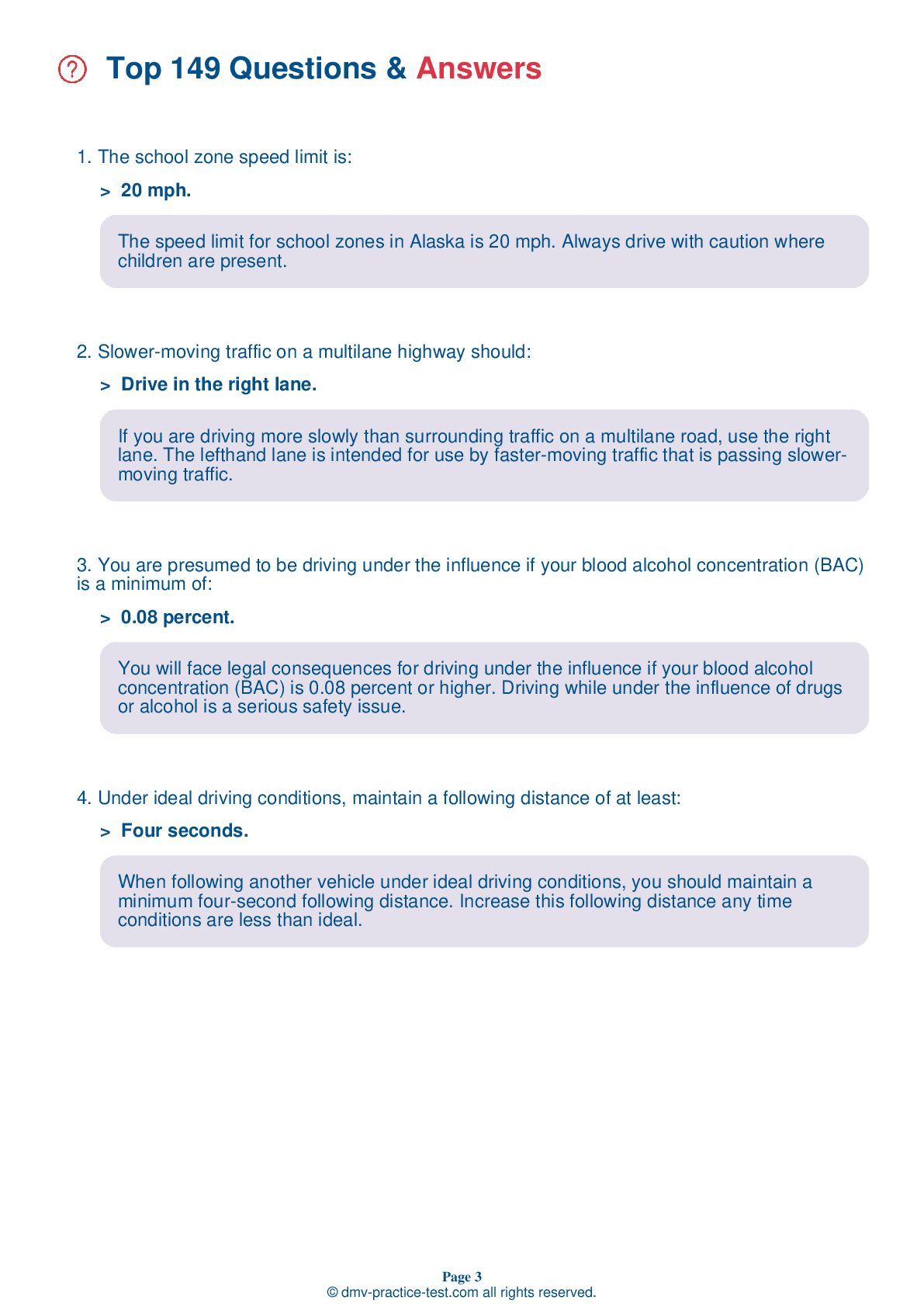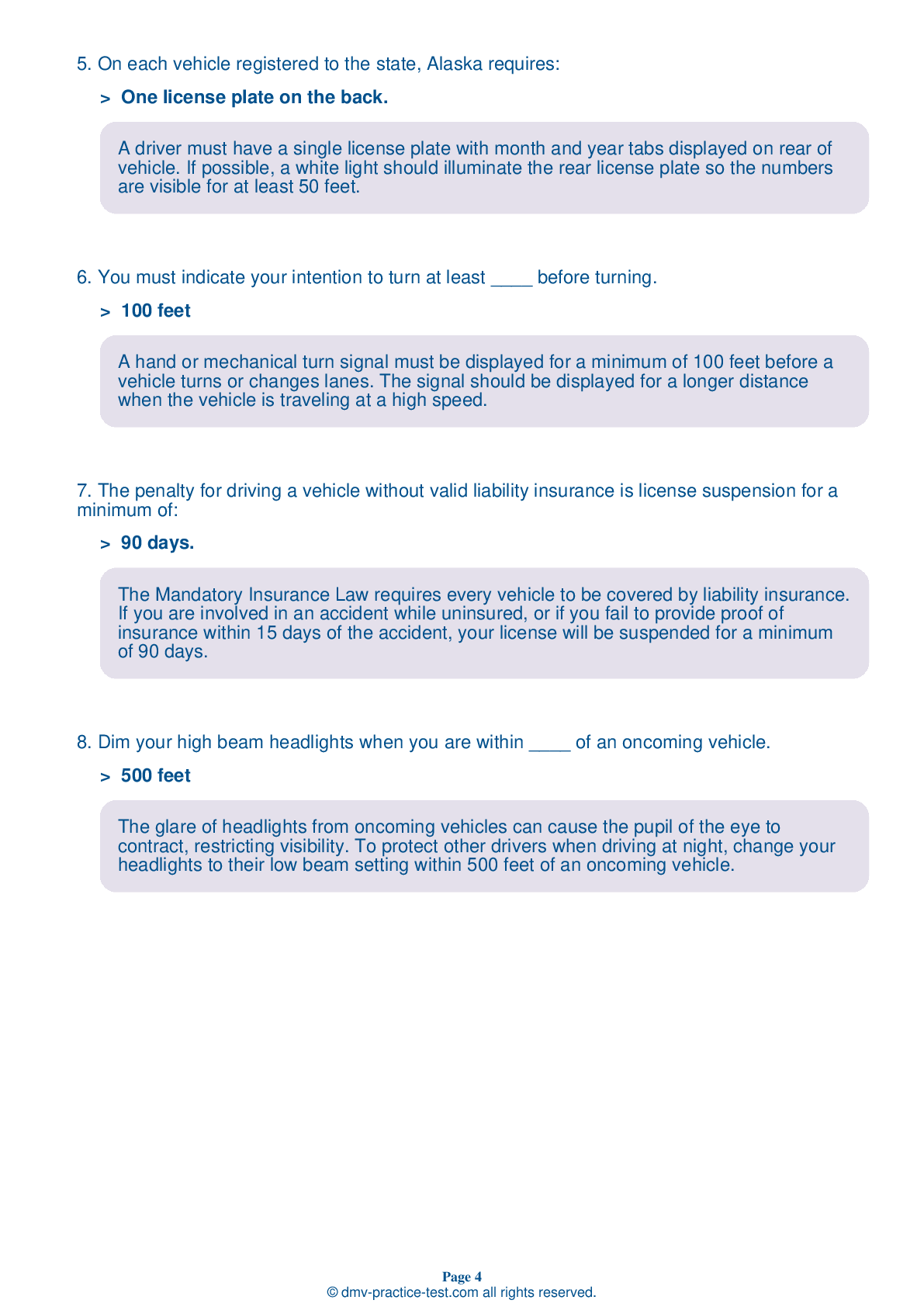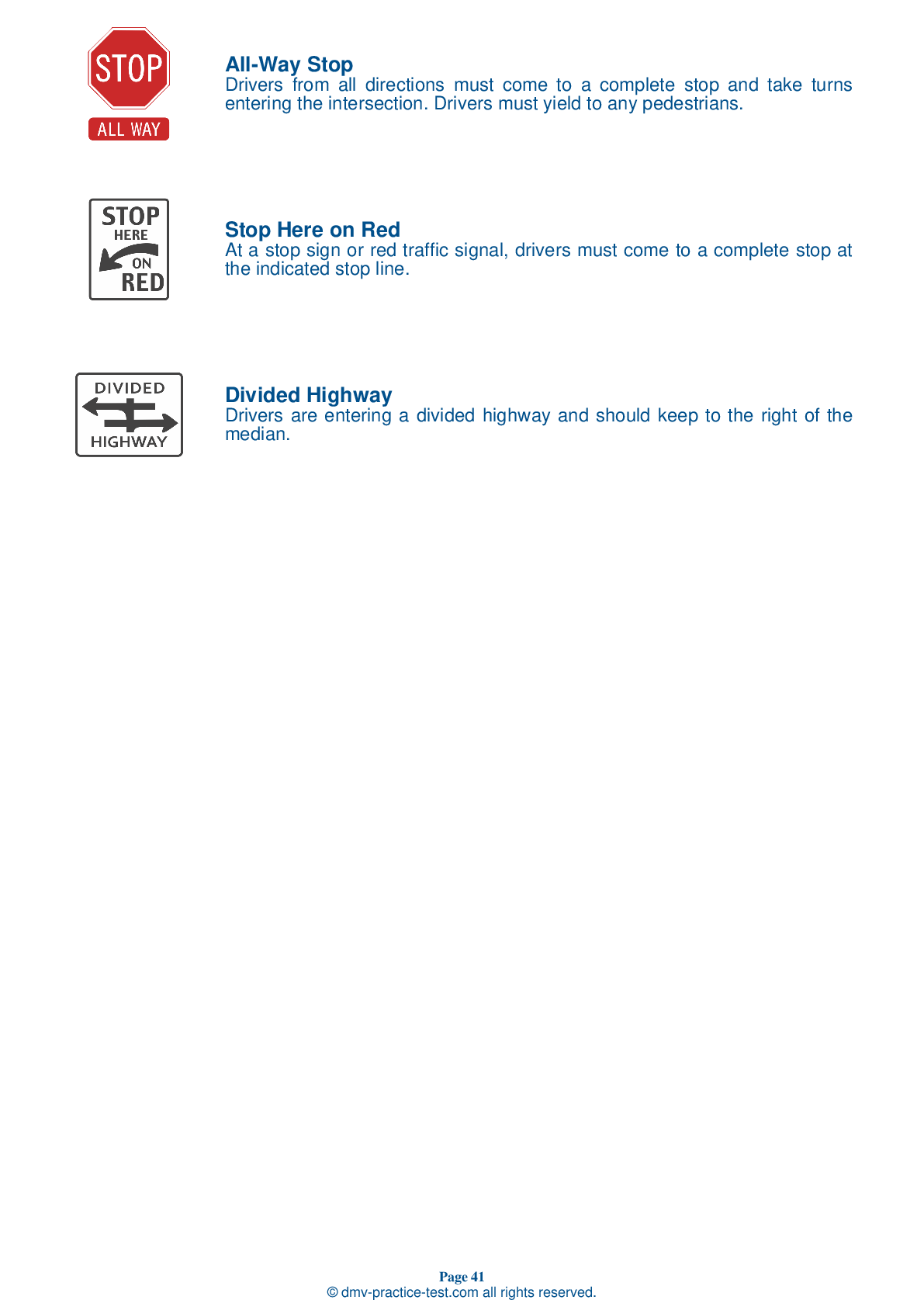FREE Alaska DMV Practice Test #18 Page 2 of 3
This Alaska DMV practise tests has just been updated for January 2025. It contains questions based on the most essential traffic signs and limitations from the Alaska Driver Handbook for 2025. Use actual questions that are very close (often identical!) to the DMV driving permit test and driver's licence exam to prepare for the DMV driving permit test and driver's licence exam.
To help you recall the topics, each practise test question includes a suggestion and explanation. The written component of the official DMV test will include questions about road rules, traffic signs, and driving statutes, as well as information from the Driver Handbook.
To get the required passing mark, you must correctly answer 16 out of 20 questions. Take our DMV practise exam to help you prepare for your Alaska instruction permit or driver's licence.
The DMV exam is available in multiple languages.
Using any form of testing aid will result in an automatic failure, and the DMV may take further action against your driver's licence, so don't do it.
7 . When you hear a fire engine siren behind you, you must:
When you hear the siren of an emergency vehicle, you must pull over to the curb or side of the road and stop.
8 . A “No standing” sign at a certain location means:
A "No standing" sign means that you may only make a temporary stop to load or discharge passengers.
9 . To avoid being in a truck or bus driver’s blind spot, you should:
Because a large vehicle, such as a truck or bus, has large blind spots to its sides and rear, avoid driving alongside such a vehicle and do not tailgate one.
10 . If traffic signals at an intersection are not functioning due to a power outage:
If a traffic light at an intersection is not functioning due to a power outage, yield to other drivers in the same manner as you would when approaching a four-way stop. When it is your turn, proceed through the intersection with caution.
11 . When two vehicles enter an intersection from different highways at the same time, which vehicle must yield the right-of-way?
At intersections that are controlled by signs or signals and at intersections that are uncontrolled, the driver on the left must yield the right-of-way to the driver on the right when two vehicles arrive to the intersection at the same time.
12 . This sign means:
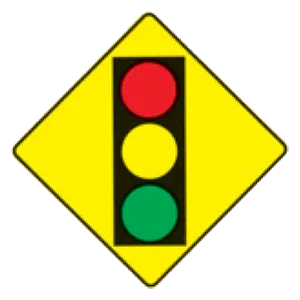
Warning signs are usually diamond-shaped with black markings on a yellow background. They alert drivers to upcoming hazards. This warning sign indicates that a traffic signal is ahead and drivers should prepare to react to a yellow or red light.
13 . This sign means:
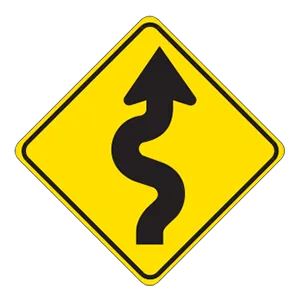
Warning signs prepare drivers for upcoming road conditions and hazards and are usually yellow with black markings. This sign warns drivers that they are approaching a winding road and that they should adjust their speed accordingly.
Need Car Insurance? No problem!
Compare the best rates in Alaska and find a personalized policy that meets your needs.
1. Are You Currently insured ?
2. Married ?
3. Do you own your Home?
4. Do you have more than 1 car ?
5. Have you or a Family Member Honorably Served in U.S. Military ?
6. Your Name
7. Age
8. Zip code
IMPORTANT REMINDER:Auto Insurance is Mandatory to drive in Alaska. Get covered before you hit the road to avoid any fines.
Ranked by best match

